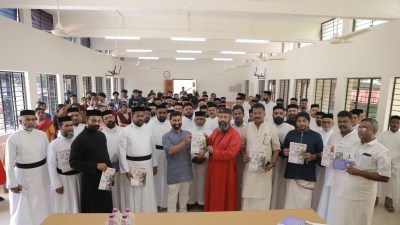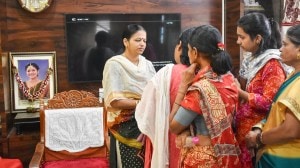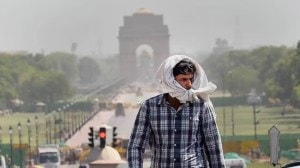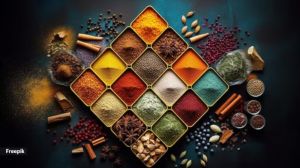- India
- International
Explained: India-US ties, over the years
Donald Trump's visit to India continues a trend of more and more frequent visits by US Presidents. Here's how ties between the two countries have evolved, strengthening in key areas while some areas remain a concern.
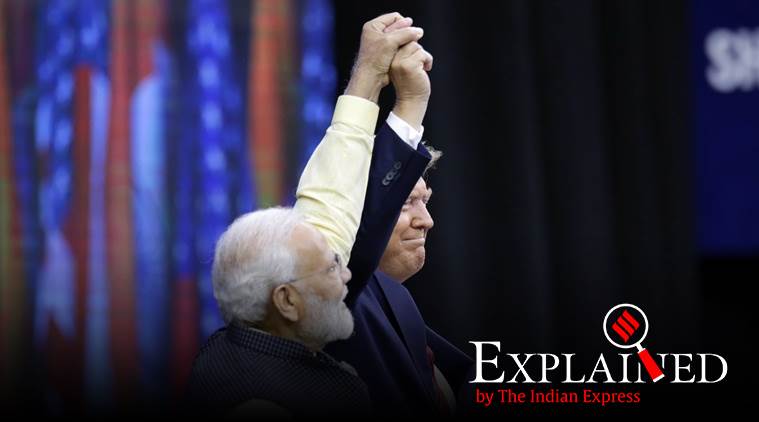 Trump India visit: Prime Minister Narendra Modi with US President Donald Trump. (AP Photo/File)
Trump India visit: Prime Minister Narendra Modi with US President Donald Trump. (AP Photo/File)
When Donald Trump arrives on Monday, he will be the first US President to visit India on a stand-alone visit in the seven decades of Indo-US diplomatic ties. US Presidents who came to India before him, from Dwight Eisenhower to Barack Obama, all had other stops in the region.
Visits before 2000, and later
Between 1947 and 2000, the first 53 years of India-US ties, there were only three visits by US Presidents to India — Dwight Eisenhower in 1959, Richard Nixon in 1969 and Jimmy Carter in 1978.
In the 20 years since 2000, there have been four visits by three US Presidents — Bill Clinton in 2000, George W Bush in 2006, and Obama in 2010 and 2015. Trump’s will be the fifth.
While only three of the nine US Presidents during 1947-2000 visited India, every President in the last two decades has visited India at least once. Many reasons could be ascribed to the higher frequency of visits — a shift in global geo-politics in the post-Cold War era, India’s economic ascent, rise of an assertive China, and New Delhi’s place on the global high table.
Bush, Obama, Trump
Trump’s visit will begin with a large community event at the largest cricket stadium in the world. Behind the red carpet New Delhi is laying out lies a growing strategic partnership.

In 2003-04, the first seeds of the Next Steps of Strategic Partnership were sown during the Atal Bihari Vajpayee regime. The relationship peaked with the Indo-US nuclear deal in 2008, which was negotiated during 2005-08 between the Manmohan Singh government and the Bush administration, and is considered the game-changer.
The Obama administration carried forward the relationship, and during his visit in 2010 hosted by Singh, the US promised support to India for a UN Security Council membership.
When Narendra Modi became PM in 2014, Obama navigated the transition and visited again in 2015, when he was the chief guest for the Republic Day celebrations.
📢 Express Explained is now on Telegram. Click here to join our channel (@ieexplained) and stay updated with the latest
After Trump came to power in 2016, there was a shift in the US political landscape as his unpredictability defined his presidency. The Indian government moved fast, and Modi visited the White House in June 2017. Trump promised Modi that he would visit during his term in office. It is in this backdrop that the visit is taking place in a year that will witness US presidential elections.
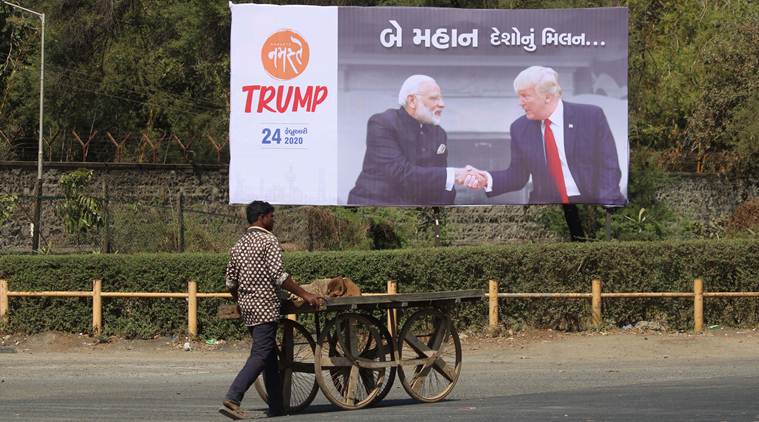 Trump India visit: In Ahmedabad, ahead of Trump’s visit. (Express Photo)
Trump India visit: In Ahmedabad, ahead of Trump’s visit. (Express Photo)
Though the leaders have met several times in the last three-and-a-half years, the frequency of meetings has really increased in the last eight months since Modi’s re-election. “This will be President Trump’s fifth meeting with Prime Minister Modi in eight months (after Osaka, Biarritz, Houston, New York), reflecting the renewed intensity of high-level bilateral engagement since the NDA government returned to power,” Foreign Secretary Harsh Vardhan Shringla said.
Support against terrorism
This intense engagement has helped achieve robust support from the US against terrorism. This was evident after the Pulwama attack last year, leading to designation of Jaish-e-Mohammed chief Masood Azhar as a global terrorist under UN Security Council Resolution 1267, and the placing of Pakistan on the grey-list of the Financial Action Task Force.
While Trump was once very critical on Pakistan, he has nuanced his position on Pakistan in the last seven months. And now, with a deal between the US and the Taliban likely on February 29, his approach towards Pakistan, long-time benefactor of the Taliban, will be tested in the months to come.
Pakistan has consistently lobbied with Trump to mediate between India and Pakistan on the issue of Jammu and Kashmir. Last year, with Pakistan PM Imran Khan at his side, Trump said he would love to mediate and that Modi had asked him to do so. Since then, Trump has backtracked and brought his personal position in line with the US position, that Washington will be ready to help if both sides want. New Delhi has consistently maintained that India sees no scope or role for third-party involvement on Kashmir.
Also read | Why trade with the US matters to India
Defence and energy
For India, its relationship with the US on defence issues has strengthened. India has procured over $18 billion worth of defence items from the US, almost half of this in the last five years. India conducts more bilateral exercises with the US than with any other country. And, under Trump, the announcement of India’s elevation to Tier I of the Strategic Trade Authorization licence exception has opened up US defence technologies from the time when India faced a technology-denial regime.
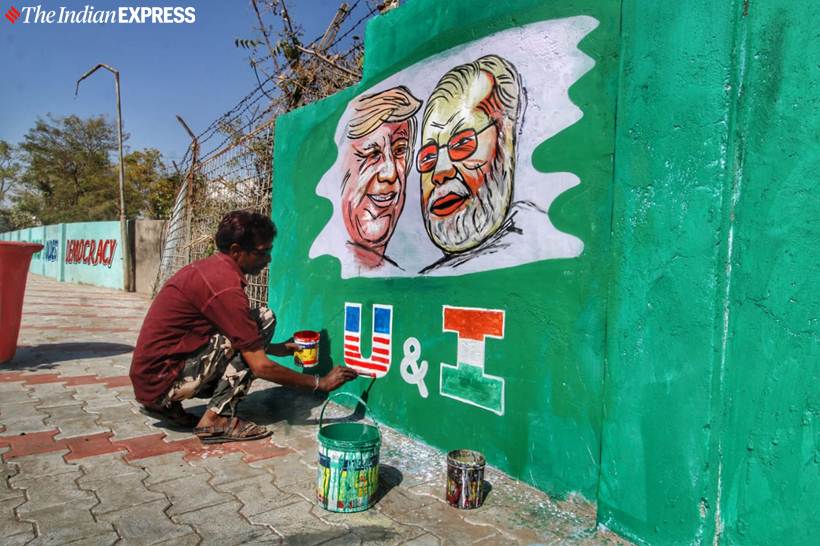 Trump India visit: A mural is painted in Ahmedabad. (Express Photo: Javed Raja)
Trump India visit: A mural is painted in Ahmedabad. (Express Photo: Javed Raja)
The other area where the relationship has grown in recent years is energy. The bilateral Strategic Energy Partnership was launched in April 2018; India has started importing crude and LNG from the US from 2017 and 2018 respectively. The total imports are estimated at $6.7 billion — having grown from zero. The US is also India’s sixth largest source of crude oil imports, with hydrocarbon imports rising to $7 billion in the last two years.
Overall bilateral trade has grown. The US is India’s largest trading partner, goods and services combined. Bilateral trade in goods and services grew by more than 10% per annum over the past two years to reach $142 billion in 2018.
Areas of contention
The US feels that India is a high tariff country, and wants these reduced and a more predictable regime to conduct business. Although the growth is 10% per year, many feel the potential is much higher.
The other area of contention has been the movement of Indian skilled professionals to the US under the H1B programme. While the US President has always made immigration a key campaign theme, it has not led to any major barriers for Indians so far. But in an election year in the US, the rhetoric could sharpen.
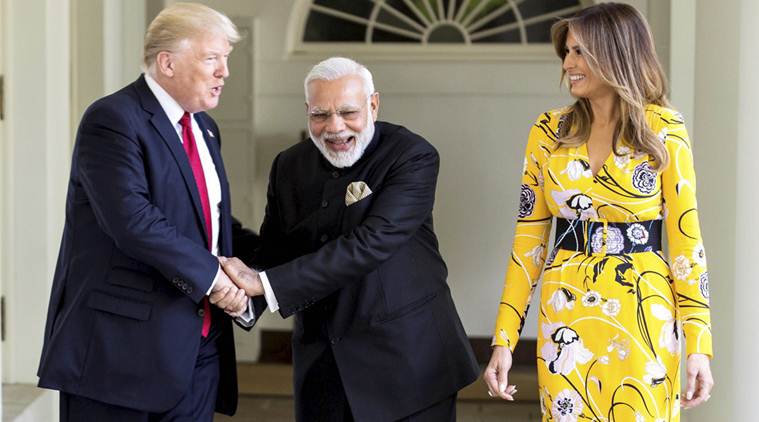 Trump India visit: Prime Minister Narendra Modi with US President Donald Trump and First Lady Melania Trump. (File Photo)
Trump India visit: Prime Minister Narendra Modi with US President Donald Trump and First Lady Melania Trump. (File Photo)
Civilian nuclear cooperation has not taken off either, despite the historic nuclear deal, because of the nuclear liability law in India and Westinghouse’s bankruptcy. Reviving that conversation could help meet India’s energy needs.
Also read | In Budget itself, signals that a major India-US dairy deal is unlikely
Ties with others
What has differentiated Trump’s engagement with India vis-a-vis US’ allies and strategic allies is that there has been more strategic alignment with New Delhi than with some of Washington’s closest partners. From Indo-Pacific to China, from Maldives to Bangladesh, the two countries are somewhat on the same page.
On Afghanistan, there have been differences in the process. But the situation, South Block insiders feel, is different now since India is much more in the US’ calculus than in 1990. There is a sense of cautious optimism that Washington will not hurt India’s interests in the long term; this premise will be tested.
The strong strategic partnership is also based on an idea of “shared values” of democracy, rule of law, religious freedom and protection of minorities. The revocation of Article 370 and the new citizenship law and the NRC is testing this “shared values” principle. India’s position that these matters are “internal to India” has so far meant the Trump administration has not criticised India openly and sharply. But criticism from the US Congress and some parts of US civil society is pushing the US administration to tell India to bring Kashmir to normalcy and not go ahead with the new citizenship law followed by the NRC, which many see as aiming to exclude minorities.
As Trump spend about 36 hours in India, his summit with Modi will give them the opportunity to have a conversation to ensure that the visit is not just a spectacle in Ahmedabad and a photo-op at the Taj Mahal.
More Explained
EXPRESS OPINION
Apr 26: Latest News
- 01
- 02
- 03
- 04
- 05











